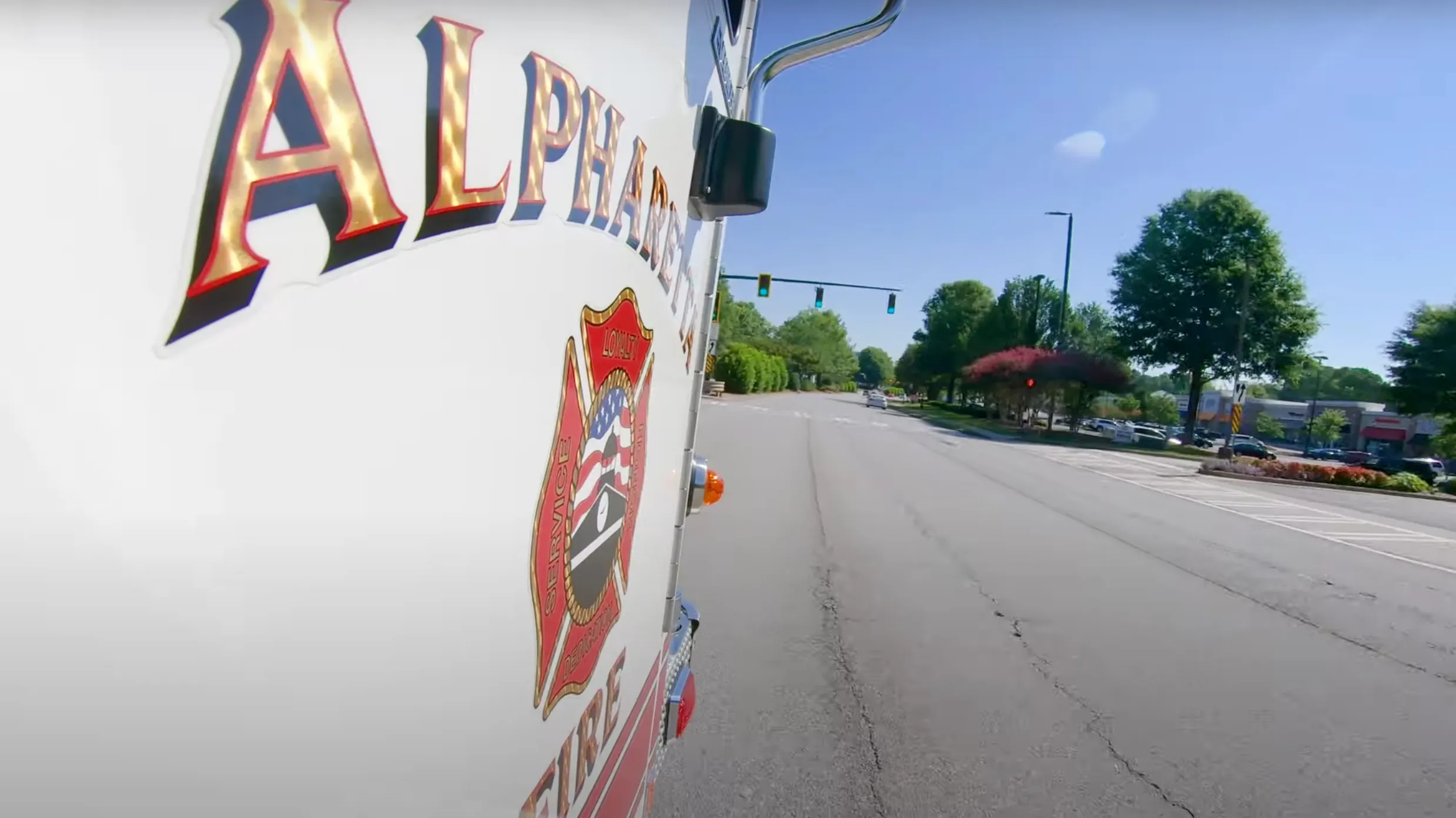
Applied Information has offered to buy back installed dedicated short-range communications (DSRC) technology from US departments of transportation.
The striking offer - made to offset the cost of upgrading to cellular Vehicle to Everything (C-V2X) -.follows the decision by the Federal Communications Commission (FCC) to reshape the 5.9 GHz safety spectrum - a decision that ITS America branded 'reckless'.
Applied's pitch is based on the idea that dedicated DSRC roadside units (RSUs) will soon be obsolete.
Under the new rules, most bandwidth is now allocated for uses such as Wi-Fi with the rest going to C-V2X technology.
“We were hoping, as were many others in our industry, that the FCC would preserve the full 75 megahertz for roadway safety,” said Bryan Mulligan, president of Applied Information.
“But now that the FCC has made its ruling on technology and spectrum allocation, we want to do our part to accelerate deployment of connected vehicle technology and its life-saving applications by providing roadway operators with a future-proof solution that can accommodate many types of communications technologies over the coming years."
"Our buy-back programme also enables DoTs to continue their DSRC connected vehicle programmes with C-V2X seamlessly while helping to defray costs," he concluded.
In tandem with its offer, Applied has announced the availability of full C-V2X-connected vehicle RSUs and on-board units (OBUs) with an automatic upgrade to 5G NR when the technology becomes available.
Applied says the new units provide both C-V2X Direct and Network (4G LTE) connectivity, enabling short-range and long-range communications.
These are suitable for applications such as emergency vehicle pre-emption, transit bus priority, red-light running alarms and school zone speed warnings.
The units are configured to be upgradable to new cellular technologies such as 5G and 6G which will be supplied as part of ongoing communications plans.
Applied's RSU is designated as 500-095 CN, while the OBU is the 500-065-02 CN.









